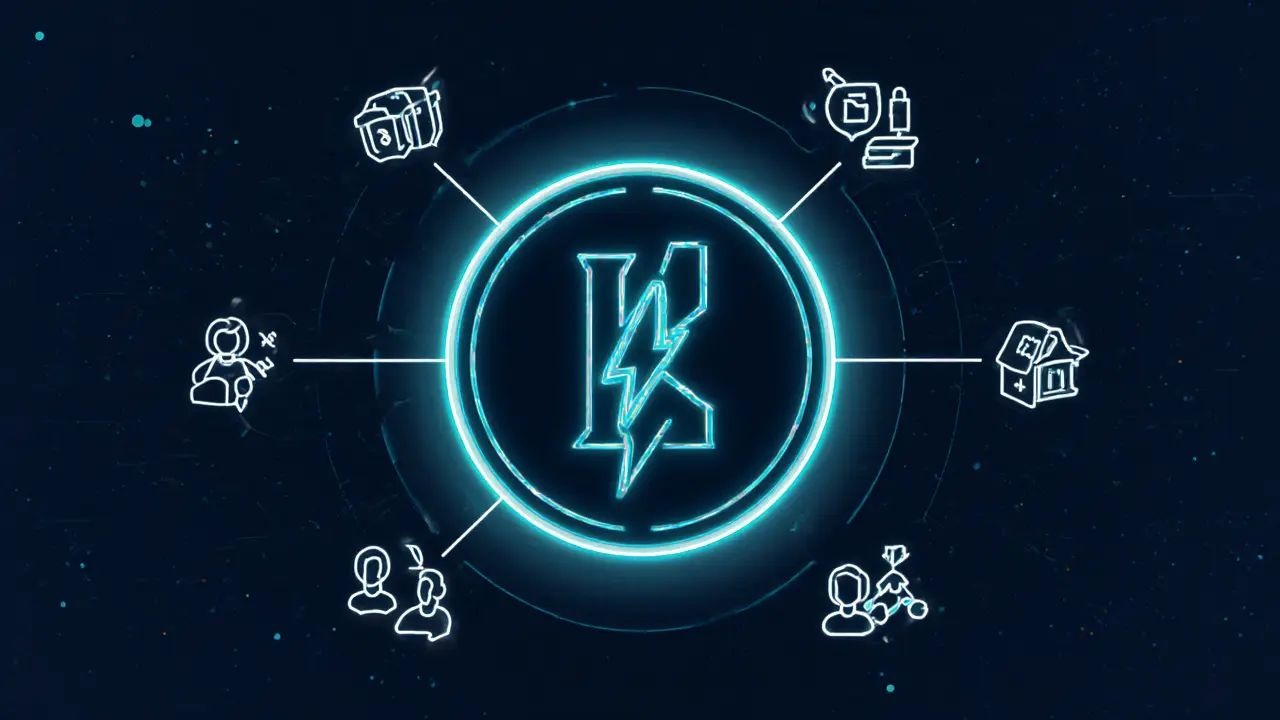KIM cryptocurrency – Complete Guide
When exploring KIM cryptocurrency, a proof‑of‑stake token designed for instant, low‑cost cross‑border transfers. Also known as KIM token, it lets holders participate in on‑chain governance and earn staking rewards, you quickly run into three big questions: how does it fit into the regulatory world, where can you trade it, and how can you boost your holdings? The answers lie in licensing, exchange listings, sandbox programs and airdrops – the exact topics we cover in the posts below.
Regulatory fit and crypto licensing
Any digital asset that wants to move money across borders must clear the compliance hurdle. Crypto licensing, the set of federal and state permits required for money‑transmitter activities directly shapes KIM’s rollout strategy. In the United States, a Money Services Business (MSB) registration or a BitLicense can determine whether a KIM‑based payment service can operate legally. The same logic applies in Europe, where the MiCA framework treats KIM as a “crypto‑asset” needing a passport after a sandbox graduation. In practice, this means KIM projects must build AML/KYC layers, submit detailed tokenomics to regulators, and allocate budget for legal counsel – a process echoed in our licensing guide.
Beyond the US, jurisdictions like Thailand and Namibia have carved out specific licensing paths for blockchain tokens. Those rules influence where KIM can list, what fiat pairs are allowed, and how staking rewards are taxed. Understanding the licensing landscape helps investors gauge risk and gives developers a roadmap to launch without costly shutdowns.
When a token clears licensing, it gains access to reputable crypto exchanges, platforms that match buyers and sellers, provide custody, and often run compliance checks. This relationship is a two‑way street: exchanges demand licensed assets, and licensed assets attract more exchange interest. Our exchange reviews, from Koinde to Bitroom, show how KIM’s compliance status can affect listing fees, withdrawal limits, and overall liquidity.
Sandbox programs and launch acceleration
Regulators worldwide are experimenting with regulatory sandbox, a controlled environment where blockchain projects can test services under relaxed rules. For KIM, entering a sandbox can fast‑track its tokenomics validation, allow limited user testing, and provide a direct line to policy makers. Countries such as the UK, Singapore, and the EU have sandbox criteria that stress transparency, consumer protection, and reporting. Meeting these criteria often unlocks a “passport” that lets KIM operate across multiple jurisdictions without re‑applying for each licence.
Sandbox participation also opens doors to strategic partnerships. Projects that graduate often receive mentorship from regulator‑led advisory boards, paving the way for smoother exchange listings and stronger AML frameworks. The sandbox‑exchange link creates a virtuous cycle: a sandbox‑approved KIM token gains credibility, exchanges list it faster, and users see more trading pairs, which in turn drives network activity and staking rewards.
Airdrops, community growth and token utility
One of the fastest ways to build a user base is through an airdrop, a distribution of free tokens to qualified wallets, usually to stimulate early adoption. KIM’s airdrop strategy can align with its licensing and sandbox status – regulators often view airdrops as securities offerings, so compliance paperwork is essential. Our airdrop guides walk you through claim steps, eligibility checks, and how to avoid common scams.
Beyond pure giveaways, a well‑designed airdrop can reinforce token utility. By granting voting rights or staking power to recipients, KIM incentivizes active participation in governance and network security. This synergy between airdrop incentives, exchange liquidity, and regulatory clarity makes the whole ecosystem more resilient.
All these pieces – licensing, exchange listings, sandbox participation, and airdrop design – form the backbone of a successful KIM launch. Below you’ll find detailed articles that dive deeper into each area, from step‑by‑step licensing checklists to exchange safety reviews and sandbox application templates. Use them to map out your own KIM strategy, stay compliant, and capture the growth opportunities waiting in the crypto market.

KingMoney (KIM) WKIM Mjolnir Airdrop Details & Safety Guide
Sep 9, 2025, Posted by Ronan Caverly
Explore verified details on the rumored WKIM Mjolnir airdrop by KingMoney, learn how to spot real airdrops, and follow safety steps to protect your crypto.
MORESEARCH HERE
Categories
TAGS
- decentralized exchange
- crypto exchange review
- cryptocurrency
- crypto coin
- CoinMarketCap airdrop
- smart contracts
- tokenomics
- cryptocurrency exchange safety
- crypto exchange
- cryptocurrency airdrop
- crypto airdrop
- cryptocurrency exchange
- crypto airdrop guide
- blockchain token distribution
- DeFi
- crypto exchange scam
- crypto airdrop 2025
- Ethereum
- cross-chain interoperability
- ERC-20
